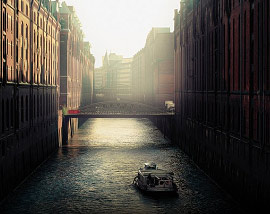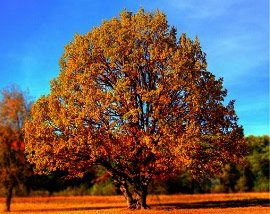Snow-crested mountains as far as the eyes can see, long winding roads and picture-perfect villages. Spiti Valley is a picture postcard holiday destination, albeit with a difference. A visit to Spiti Valley is not your typical holiday jaunt. The vast landscapes here are the epitome of rugged beauty that will grip your heart at the first glimpse.
This cold mountain desert is the lesser-known sibling of Ladakh. But it is as beautiful. Here you can experience nature at its rugged best. Spiti Valley is a trekkers’ haven. On your Spiti Valley tour, you can walk along the habitats of some rare Himalayan animal species and seek blessings at 1000-year-old monasteries. You can walk in the shadows of the clouds as they make their way across the sky, almost close enough for you to reach out and touch.
Spiti Valley Geography
Spiti Valley is located in Himachal Pradesh at an altitude of 12,500 feet above sea level. Sitting between India and Tibet, it aptly justifies its name “Land in the Middle”. It is separated from Kullu Valley by the Rohtang Pass. Kaza is the capital of Spiti and it serves as a base camp for most treks. Spiti Valley itself is surrounded by the Himalayas. Owing to its high altitude, Spiti Valley is cut off from the rest of the country for almost six months a year.
You can catch a glimpse of the elusive Himalayan Snow Leopard or the beautiful Snow Wolf on your Spiti Valley tour but only during certain specific months. The rugged terrain attracts trekkers and adventure seekers in droves from around the world.
Spiti Valley Climate
Spiti Valley is one of the coldest places in the country. The average temperatures during summer hover between 8°C to -15°C, whereas winter temperatures stay between -4°C to -17°C! Spiti Valley receives only 250 days of sunshine in a year. The valley does not receive any rainfall. The local flora and fauna have adapted to the rugged conditions and rely on the snow for their moisture replenishment.
All the tourism activities in Spiti Valley happen during the summer months. The heavy snowfall cuts off all the access routes during winter.
Spiti Valley Culture
Spiti Valley is traditionally a cultural and research centre for Buddhists in and around the region. Since it sits between Tibet and India, the local culture has taken on the hues of both traditions. piti Valley is home to the Tabo Monastery, which is one of the oldest Buddhist monasteries in the world and over 1000 years old. It is said to be a favourite of the Dalai Lama and houses the last few surviving Buchen Lamas of the Nyingmapa sect of Buddhism.
The locals have complete faith in the Lamas and monasteries. They believe in spirits, healing trees and monks possessing magical powers. The people here celebrate the local traditions and festivals with much energy and exuberance. The tribal fairs are a colourful affair that includes dancing and feasting. The Ladarcha fair is one such event where you can buy tribal handicrafts and indulge in some sumptuous local food. A highly recommended experience.
Spiti Valley Tourism
A Spiti Valley tour is a highly sought-after experience by adventure-seekers and serious trekkers. Bikers also head to Spiti Valley to challenge the treacherous mountain terrain - a dream ride for many motorcycle riders. Every year bikers from around the country, and sometimes the world, congregate to conquer the rough terrain.
For trekkers, Spiti Valley promises panoramic views of the soaring Himalayas. One of the easier treks is a 1.5km route from Dhankar Monastery to Dhankar Lake. The route itself is a scenic postcard and you can relax amidst some spectacular vistas at the lake.
Another tourist attraction is a mountain ropeway from Kibber to Chichum and it has an interesting story behind it. It was built entirely by the locals to avoid the long uphill path that connected the two villages. Operated manually, the ride offers breath-taking views of the ravine below. This is your chance to get a bird’s eye view of the surroundings. Would you dare to get in?
Speaking of birds, if you want to catch eagles, hawks and vultures in action, simply head to the isolated slopes of the Langzha village. The scenic landscape of the village makes for a perfect backdrop to marvel at these majestic birds.
For the culture lovers, the monasteries here are a treasure trove of history and traditions. You can spend days exploring the Tabo Monastery, the Lhalung Monastery and the Gandhola Monastery. Or you could marvel at the beautiful Buddhist Shrine on display inside the fort-like structure of the Key Monastery.
Despite being a desert, Spiti has two well-known lakes, Chandra Taal and Suraj Taal. What many people don’t know is that Chandra Taal is the source of the river Chandra while Suraj Taal gives rise to the river Bhaga. Both these lakes make for ideal camping spots and are a photographer’s paradise. Your Spiti Valley Tour will not be complete without a visit to either of these.
The “land in the middle” is a magical place that seems to float amidst the clouds. Here is where time also decides to wind down, and nobody complains about that. The landscape here may be harsh, but the people are sweet and ever ready to welcome you with an assuring smile.















